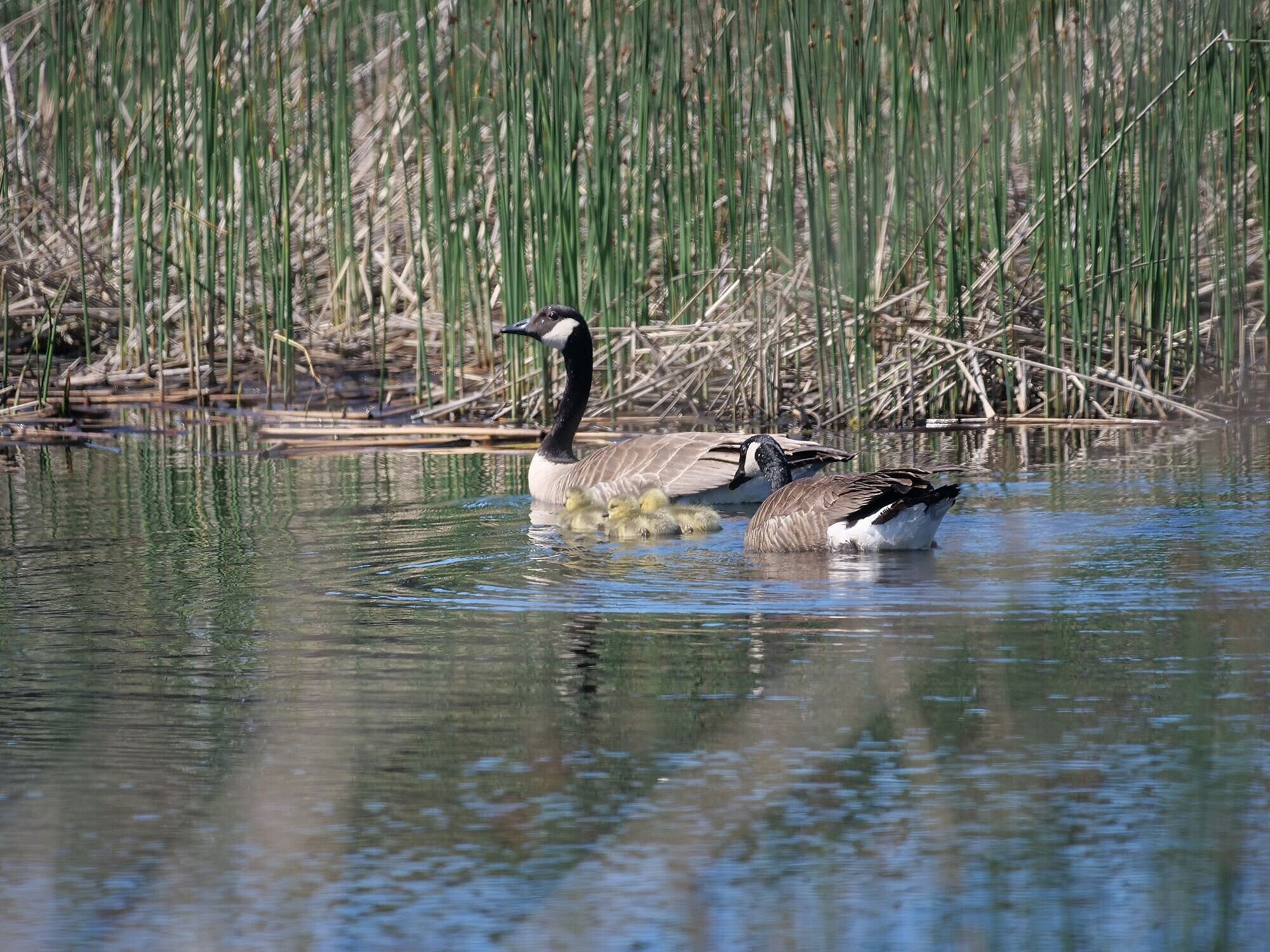
Birding Ethics
Birdwatching is great fun, and the hunt for birds gets us outdoors, exercising and attentive to the lives and cycles of birds as well as the rest of our natural environment. But, like the Hippocratic Oath for doctors, First, do no harm, it is important to understand how our engagements with birds can sometimes be harmful to them.
Birds live on the “edge”. Their energy expenditures are rapid and are often just met by available food resources. Any additional stressors can have real health impacts to them. And their complex social adaptations can result in them taking self-injurious actions in response to our actions. For instance, a bird can leave its nest to investigate the playing of a recorded bird song, leaving its hatchlings undefended against opportunistic predators.
People at all interest levels appreciate birds, from the birder savant to those who are simply in awe of the beauty and existence of birds. The American Birding Association has developed a set of recommendations for ethical behaviors for people to people interactions as well as people to bird interactions in their American Birding Association Ethics.
Bird Photography and Birding Ethics
Bird photographs are beautiful to look at and help spread appreciation for birds. Every photographer wants the perfect shot. That often creates the desire to get as close to the bird as possible. But what’s too close? If your actions are causing the bird’s behavior to change or causing it to fly away, you have pushed the limit. National Audubon has developed a comprehensive Guide to Ethical Bird Photography, which provides guidelines for every photographer.
Banner photo: Dave Krause
